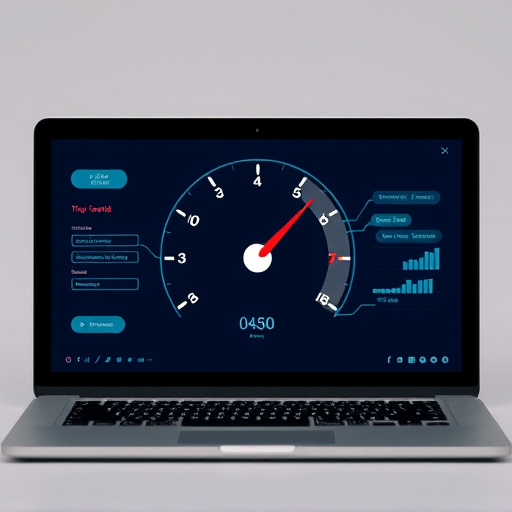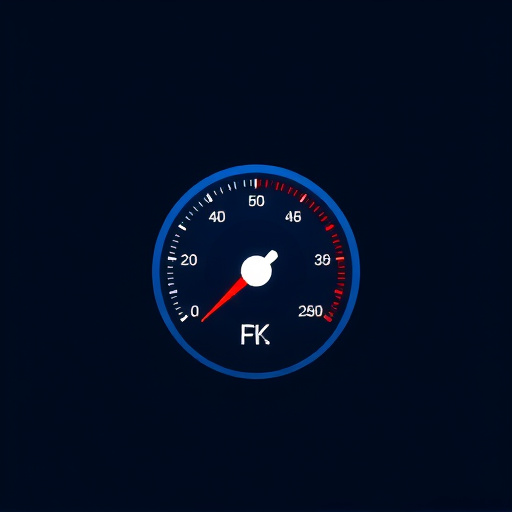Optimizing images, minimizing HTTP requests, leveraging browser caching, using Content Delivery Networks (CDNs), and implementing lazy loading for below-the-fold content are proven strategies to improve website speed for better SEO performance. These techniques streamline content delivery, reduce load times, enhance user experience, and boost online visibility in search engines.
In today’s digital era, faster content-rich pages are key to retaining users and enhancing SEO performance. A slow-loading website can drive visitors away, negatively impacting your search engine rankings. This article explores effective strategies to speed up your site, including optimizing images, minimizing HTTP requests, leveraging browser caching, using Content Delivery Networks (CDNs), and implementing lazy loading. By integrating these techniques, you’ll not only improve website speed but also foster a better user experience.
- Optimize Images and Media for Faster Loading
- Minimize HTTP Requests to Improve Page Speed
- Leverage Browser Caching for Repeated Visits
- Utilize Content Delivery Networks (CDNs) Effectively
- Implement Lazy Loading for Below-the-Fold Content
Optimize Images and Media for Faster Loading

Optimizing images and media is a critical step in improving your website’s speed, especially for content-rich pages. Large image files can significantly slow down your site, impacting user experience and SEO performance. To ensure fast loading times, compress and resize images to suitable dimensions for web display. Modern browsers support various formats like JPEG, PNG, and WebP, each optimized for different use cases. Utilizing tools or plugins that automatically optimize images during upload can save you time and effort.
Moreover, consider implementing lazy loading techniques for media elements, such as images and videos. This involves loading resources only when they become visible to the user, which is particularly useful for long pages with multiple media assets. By optimizing these aspects, you’ll not only speed up your website for mobile users but also enhance overall performance, giving us a call at how to quickly improve website page speeds to stay ahead in search rankings.
Minimize HTTP Requests to Improve Page Speed

Minimizing HTTP requests is a powerful strategy to significantly enhance your website’s speed and, consequently, boost user retention. Each time a browser sends an individual request to load content from a server, it incurs additional overhead. By reducing these requests, you streamline the process, resulting in faster loading times. This simple yet effective method ensures that resources are efficiently delivered, allowing users to engage with your content promptly.
When optimizing for speed, consider consolidating and combining files like CSS and JavaScript into fewer requests. Additionally, leveraging browser caching enables previously loaded resources to be reused, further expediting subsequent page visits. Visit us at improve website loading speed for higher traffic anytime to explore these website speed solutions for enhanced user engagement. Implement these tips for increasing website speed and SEO to unlock the full potential of your online presence.
Leverage Browser Caching for Repeated Visits

Enhancing user experience and boosting SEO performance go hand in hand when it comes to optimizing content-rich pages. One effective strategy to speed up your website for mobile users is leveraging browser caching. When visitors return to your site, their browsers can pull resources from cached memories, significantly reducing page load times. This not only improves the overall user retention but also gives search engines a clear signal that your site is fast and efficient.
By implementing proper caching techniques, you ensure that repeated visits are swift and seamless. This strategy is particularly beneficial for dynamic content as it allows browsers to store and reuse assets like CSS, JavaScript files, and images. Consequently, users enjoy faster page loading times, encouraging them to explore more of your website. Moreover, this technique contributes to a reduced bounce rate, which can enhance online visibility with faster website loads, ultimately leading to better SEO performance.
Utilize Content Delivery Networks (CDNs) Effectively

Content Delivery Networks (CDNs) are an effective way to significantly improve website speed and enhance user retention. By distributing content across multiple servers in different geographical locations, CDNs ensure that visitors from around the globe can access your site quickly and seamlessly. This reduces server load and minimizes the time it takes for data to travel, leading to improved page load times and a better user experience.
Utilizing CDNs as part of your website speed solutions can give us a call at boost website speed for higher rankings. They act as a buffer between your servers and end-users, delivering content from the nearest server, thereby reducing website page load time strategies. This not only improves SEO performance by making your site more search engine friendly but also ensures that visitors stay longer, fostering enhanced user engagement.
Implement Lazy Loading for Below-the-Fold Content

Implementing Lazy Loading for Below-the-Fold Content is a strategic move to significantly enhance your website’s performance and boost SEO rankings. By optimizing how content is loaded, you ensure that visitors aren’t weighed down by heavy elements until they’re actually needed. This technique delays the loading of images or videos below the visible fold of the page, meaning they only load when the user scrolls down to view them.
This approach offers a seamless user experience through faster website speeds, which is pivotal in retaining visitors and improving site speed for a robust online presence. By prioritizing what’s above the fold—the content users interact with initially—you keep their interest while encouraging them to explore further. This not only boosts website speed for higher rankings but also makes your platform more engaging and user-friendly, leading people to spend more time on your site and ultimately find us at improve page load times for enhanced user experience.
By implementing these strategies, from optimizing media and leveraging CDNs to lazy loading below-the-fold content, you can significantly speed up content-rich pages. This not only enhances user retention but also improves your website’s SEO performance by reducing bounce rates and increasing time spent on site. Remember that every second counts when it comes to keeping visitors engaged, so make these optimizations a priority for a more successful online presence.
